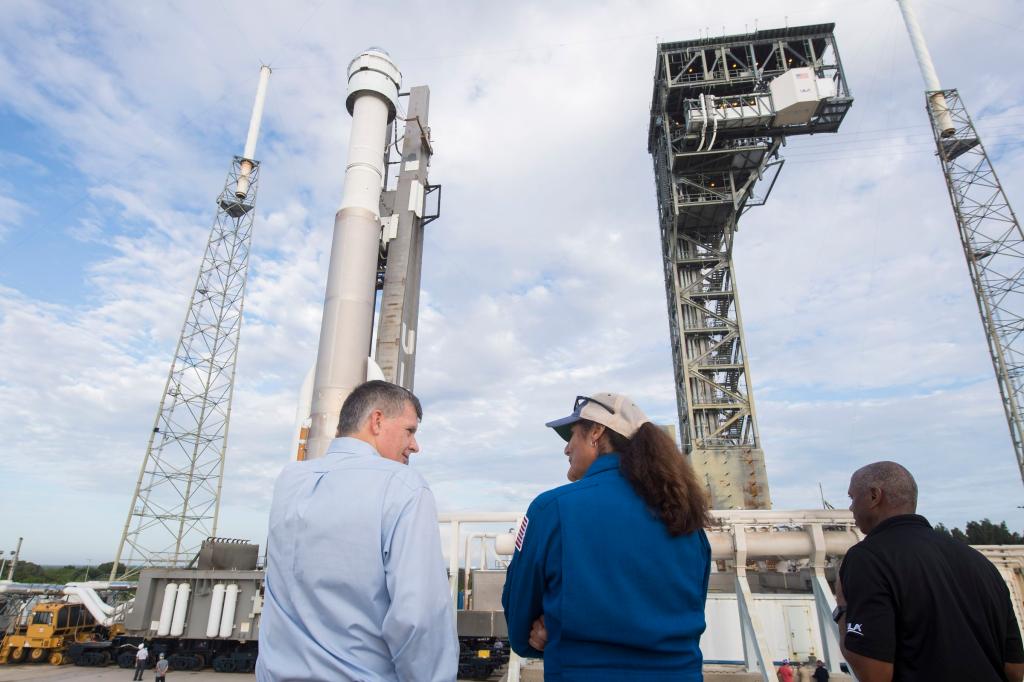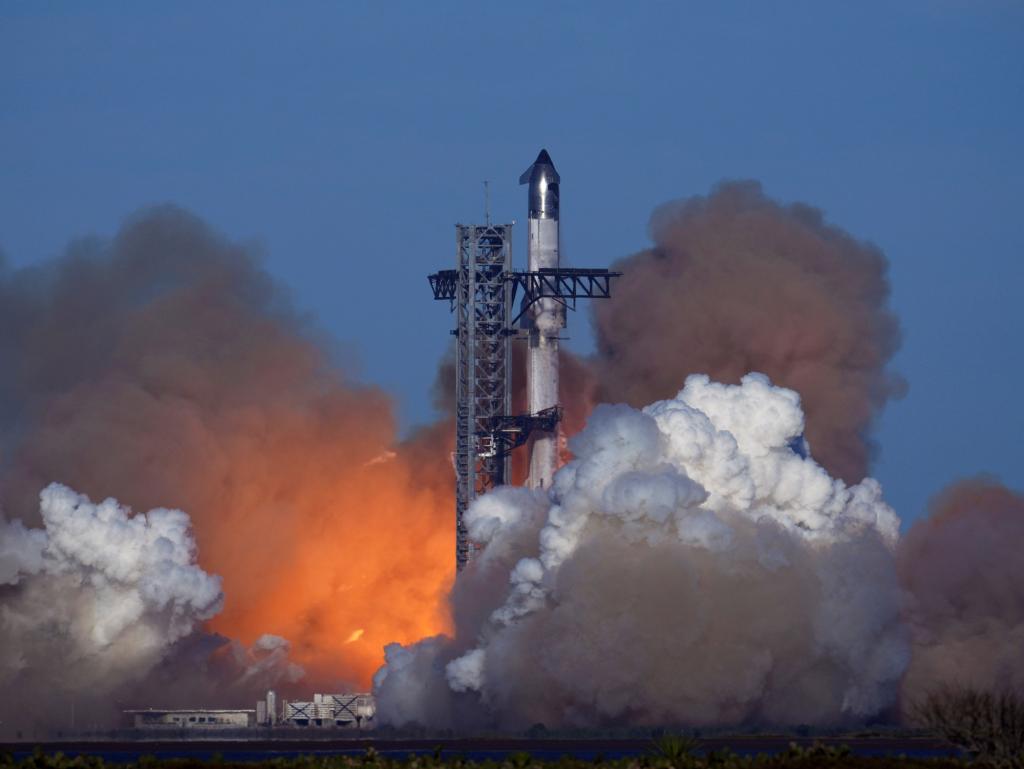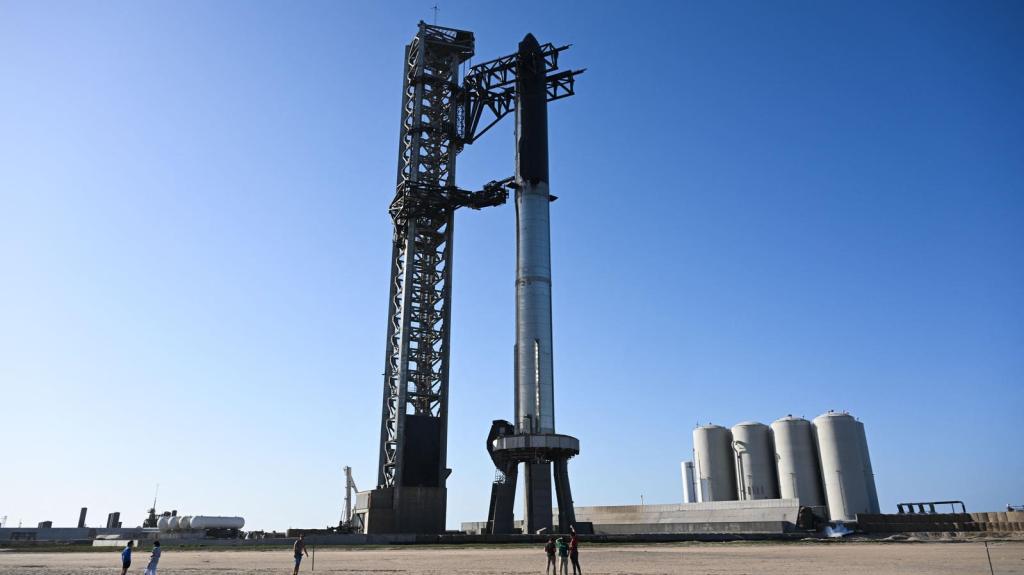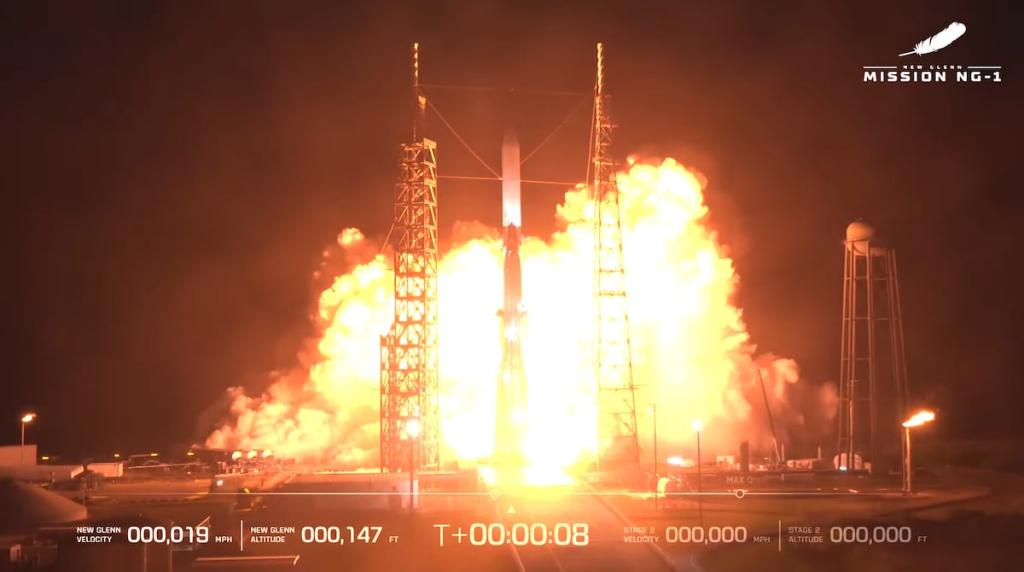Boeing's Starliner: Journey Through Challenges to Return Home
Explore Boeing's Starliner mission as it navigates technical challenges, prioritizing astronaut safety on its remarkable journey back to Earth.
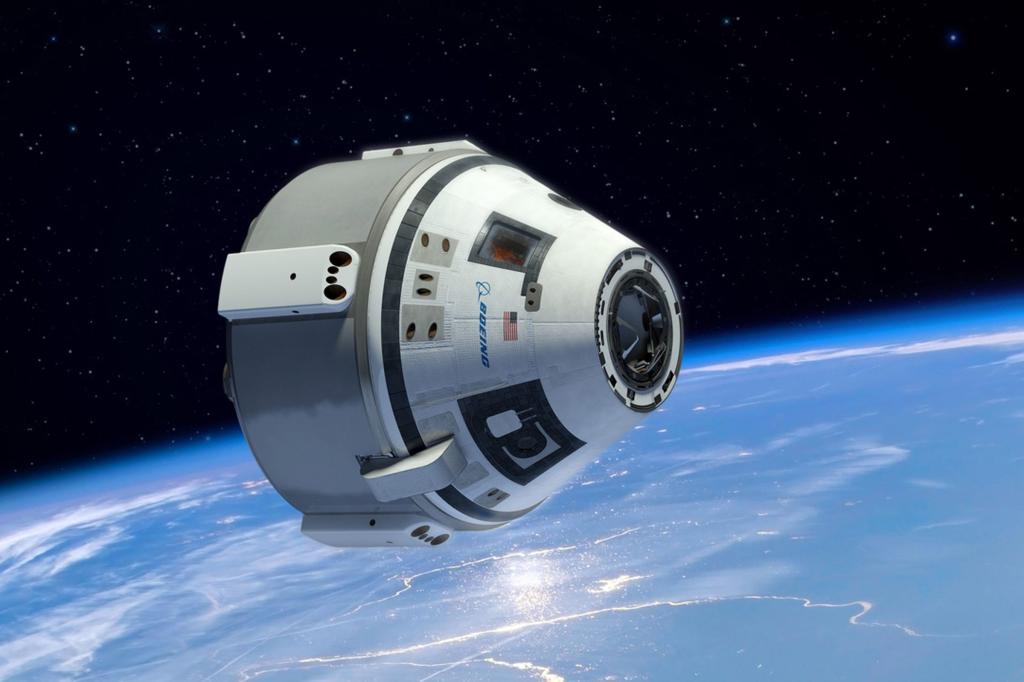
Key Points
- Boeing
's
Starlinerfaced significant technical challenges, including thruster malfunctions and helium leaks, leading to the decision for an uncrewed return.
- The spacecraft successfully undocked from the ISS and began its return journey, prioritizing astronaut safety while preparing for a future crewed mission.
- This mission highlights Boeing's commitment to overcoming setbacks and advancing spacecraft reliability in partnership with NASA for future explorations.
After years of anticipation and numerous setbacks, Boeing's Starliner spacecraft undertook its inaugural crewed test flight on June 5, 2024. This mission aimed to highlight the capabilities of the Starliner in transporting astronauts to the International Space Station (ISS) as part of NASA's Commercial Crew Program. However, the mission soon became a display of resilience and caution in the face of technical difficulties.
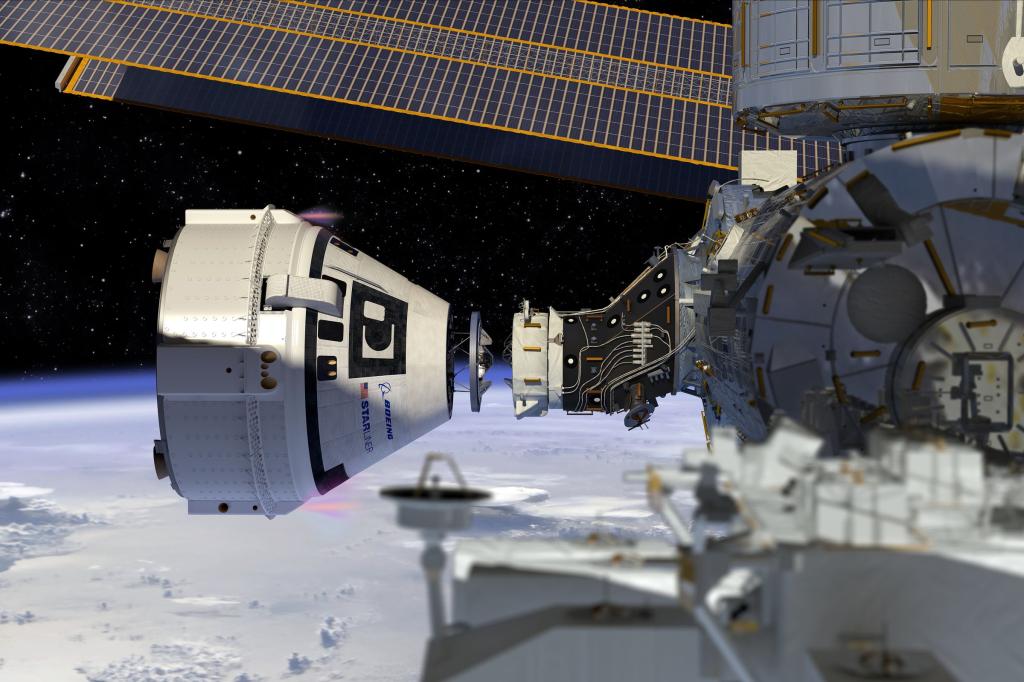
Starliner's journey began with a promising launch but quickly faced challenges. Upon arriving at the ISS, the spacecraft encountered several technical issues, including thruster malfunctions and helium leaks. These problems raised significant safety concerns, forcing NASA to reconsider their plans for the safe return of the astronauts on board,
and
.
Technical Setbacks and Safety First
The issues with the Starliner were not just minor hiccups; they were serious enough to alter the course of the mission. Despite initial expectations of an eight-day test flight that would seamlessly transport the crew back to Earth, it evolved into a prolonged affair, extending to 93 days orbiting the ISS.
The decision to return the spacecraft without crew members was made on August 24, as safety took precedence. NASA's Commercial Crew Program manager,
, pointed out that there was "too much uncertainty in the prediction of the thrusters". This prudent decision ensured that the astronauts remained secure aboard the ISS while preparing for their ride back with
's Crew-9 mission scheduled for February 2025.
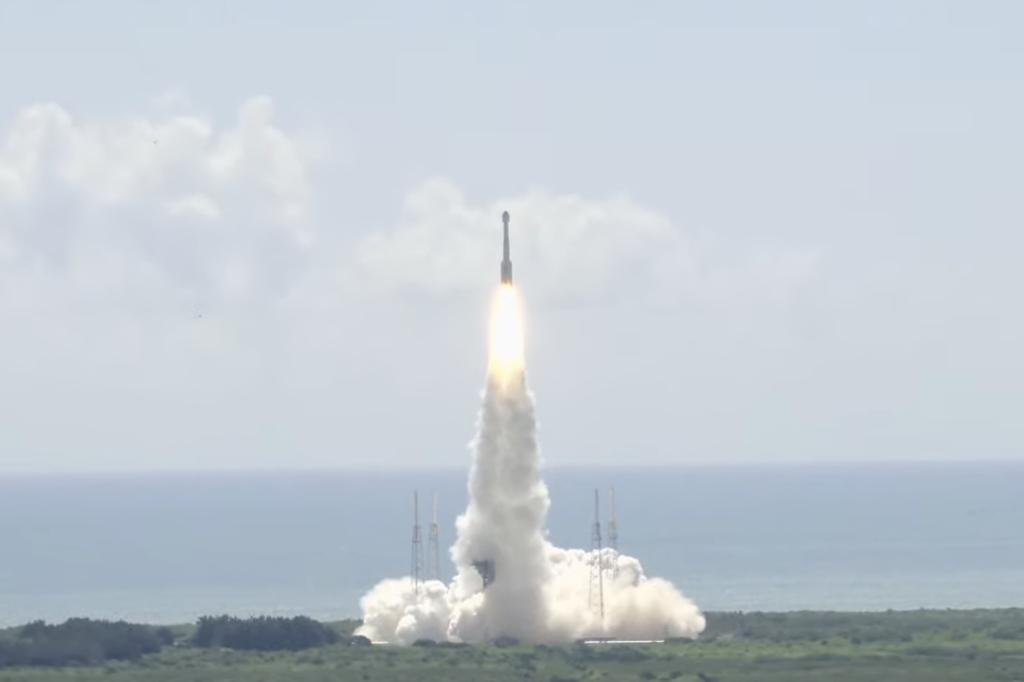
Preparing for Return: The Uncrewed Journey
On September 6, 2024, the Starliner autonomously undocked from the ISS, marking a pivotal moment in its mission. As it embarked on its return to Earth, the spacecraft carried empty seats as a stark reminder of its uncrewed journey back. The imminent landing, scheduled for shortly after midnight in
, serves as a critical test not only for Starliner's systems but also for Boeing's credibility in the space transportation industry.
The spacecraft's re-entry into the Earth's atmosphere is a process filled with rigorous challenges. During this phase, the capsule will experience extreme conditions, including temperatures exceeding 3,000 degrees Fahrenheit. The successful deployment of parachutes and airbags is essential for a safe landing at
. Engineers have confidence in these systems, as Boeing has redesigned and rigorously tested features to ensure Starliner's capabilities.
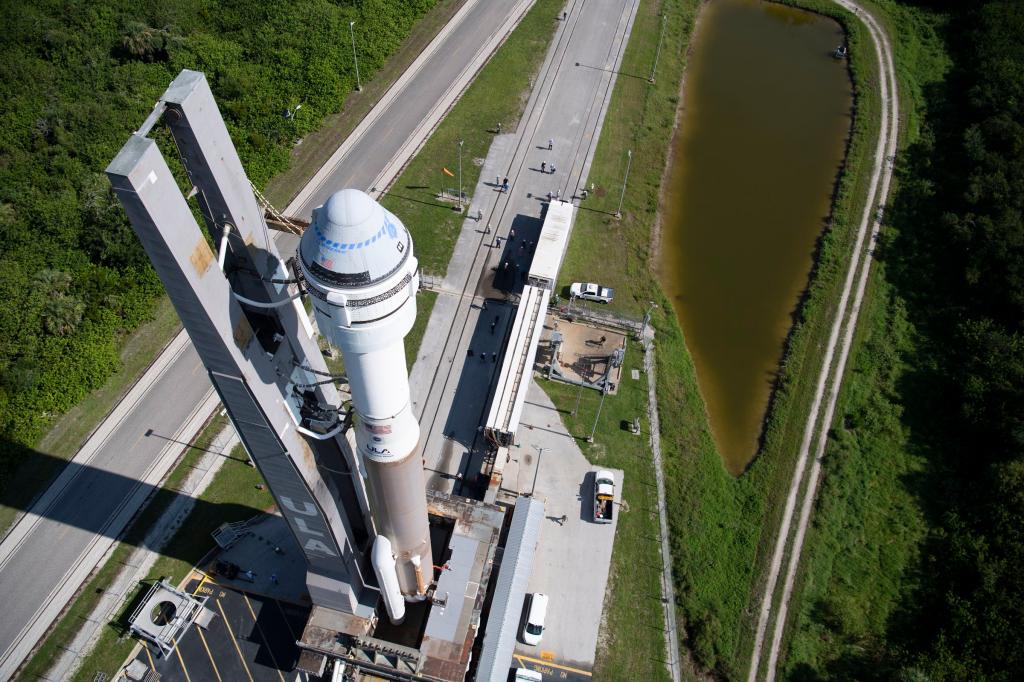
Looking Ahead: The Future of Starliner
The journey of the Starliner encapsulates not just the high stakes associated with space travel but also the unwavering commitment of Boeing and NASA to human safety. While SpaceX has been successfully transporting astronauts to and from the ISS for years, Boeing is determined to overcome current challenges and fulfill its role as a vital partner in space exploration.
Despite the setbacks, Boeing's engineering teams are actively working to resolve the issues that surfaced during the mission. With future test flights on the horizon, the lessons learned from this uncrewed return will significantly influence the design and safety protocols of the Starliner for upcoming missions. The advances in technology and understanding of spacecraft functionality gained from this experience may pave the way for enhanced reliability in space travel.
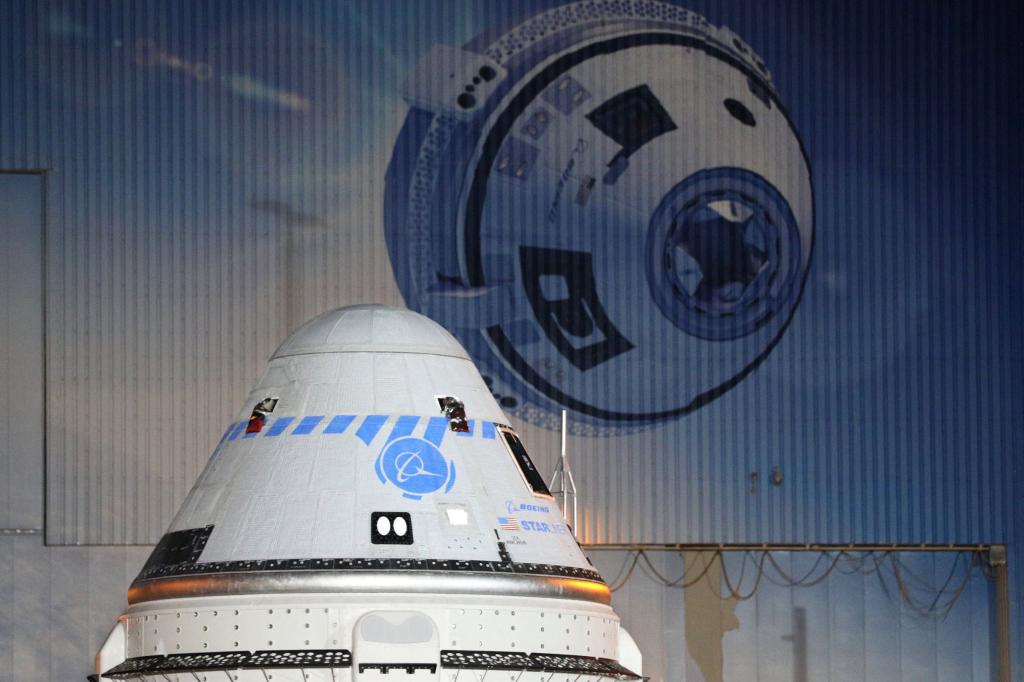
Ultimately, as Boeing continues its collaboration with NASA to restore confidence in its spacecraft, the Starliner's journey symbolized the complexities of modern spaceflight. By addressing technical challenges and prioritizing astronaut safety, both agencies reinforce their commitment to making space travel safer and more reliable for future generations.
